Services
Circuit/PCB Design
Control engineering
Embedded programming
Metrology
Technologies and skills
-
Python
-
MicroPython
-
C/C++
-
MATLAB
-
AVR MCUs
-
Pt100/Pt1000
-
A/D conversion
-
PID control
-
UART/SPI/I2C
-
Modbus RTU
-
PLC
-
GitHub
-
LaTeX
-
Jupyter
-
CAD 3D
Languages
Experience with
Software tools
My project history
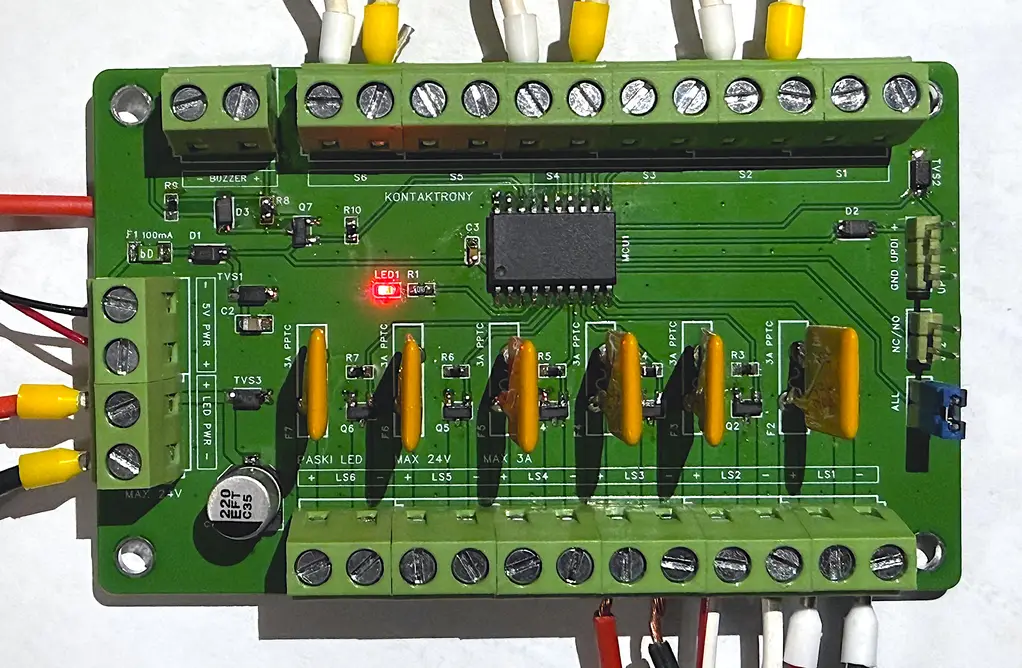
This was a commercial project. This device is meant for controlling LED strips mounted on the inside of the client's wardrobe. The Controller will power LED strips according to which door was opened in order to light up the interior. This device is meant for long-term and low-maintenance usage. It is highly configurable in software and is capable of some on-site hardware adjustments. The Device is equipped with error compensation functionality and lots of user convenience features. Programmed in C/C++, based on ATtiny1606.
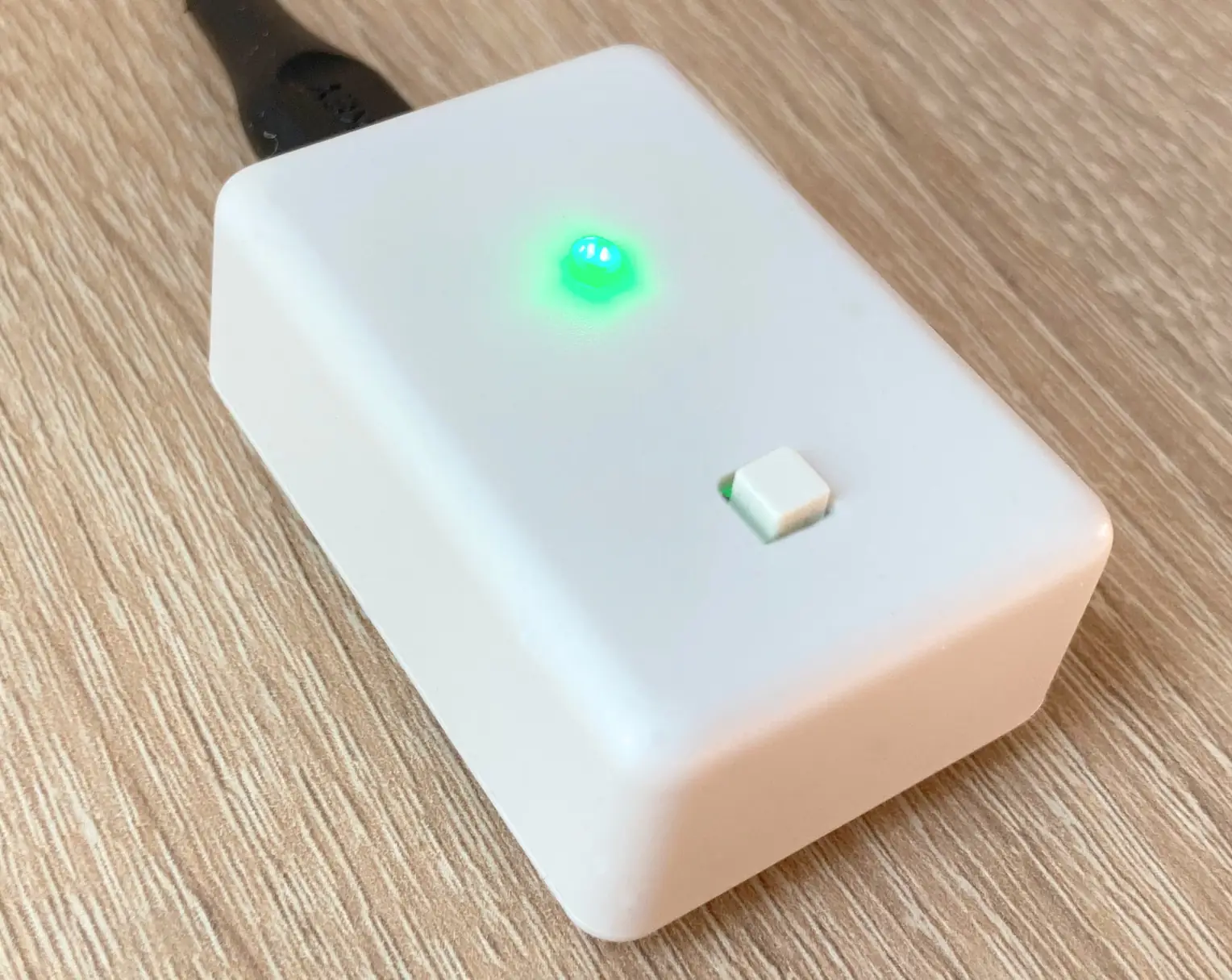
Simple device that reminds you to take short breaks while working in front of a computer. This project is a remake of my original Aion device. It's better and cheaper in many ways. The most notable improvement is its much smaller size, it can fit even on the most cluttered desks. It's built using the ATTiny1604 AVR MCU.
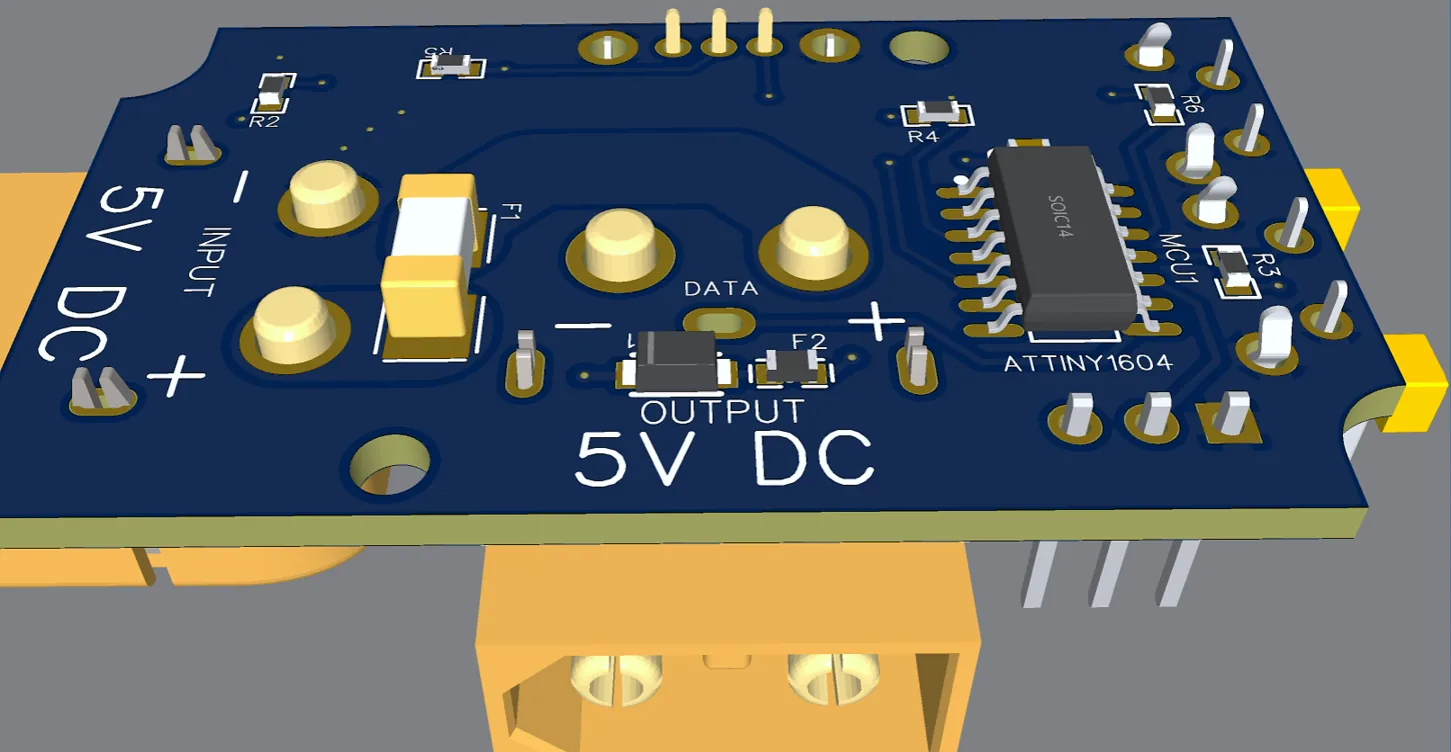

LED Strip controller made using bare AVR ATTINY1604 chip (without breakout boards like Arduino etc.). During the making of this project I've heavily focused on safety. I've tried to implement many appropriate safety features like fuses, using thick traces (max current is 8A), TVS diodes and others.
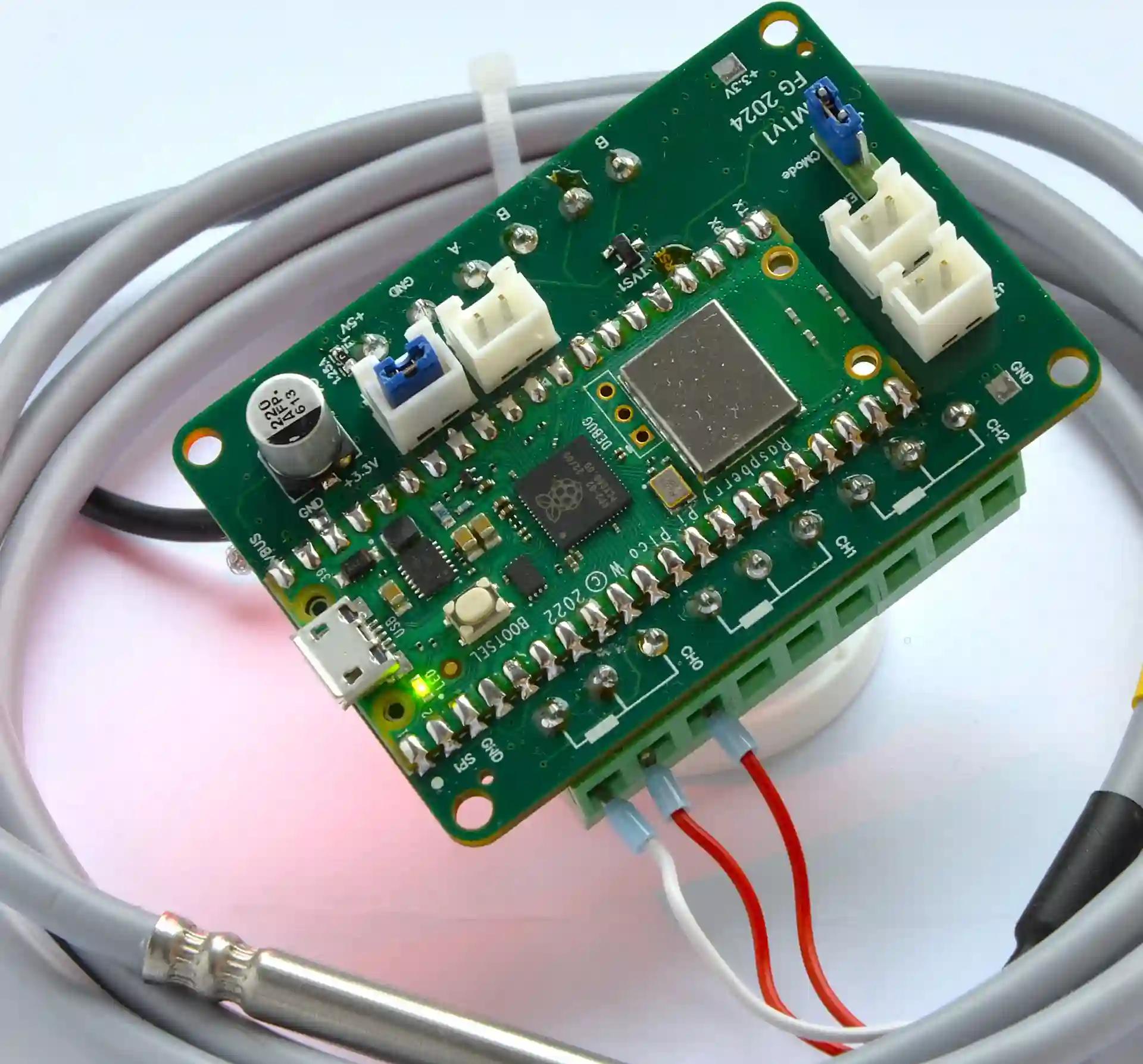
Customizable multi-channel thermometer on a dedicated PCB equipped with many communication interfaces. It can measure temperature on 3 channels with high accuracy (±0.1°C or possibly better) using Pt100/Pt1000 probes. Additionally, it supports USB, Modbus RTU and Wi-Fi (web interface and API). Device was designed to be easy to use for both humans and computers as it's intended for theoretical commercial use. I've made this project as a part of my BSc thesis. It's an improvement of the previous project.
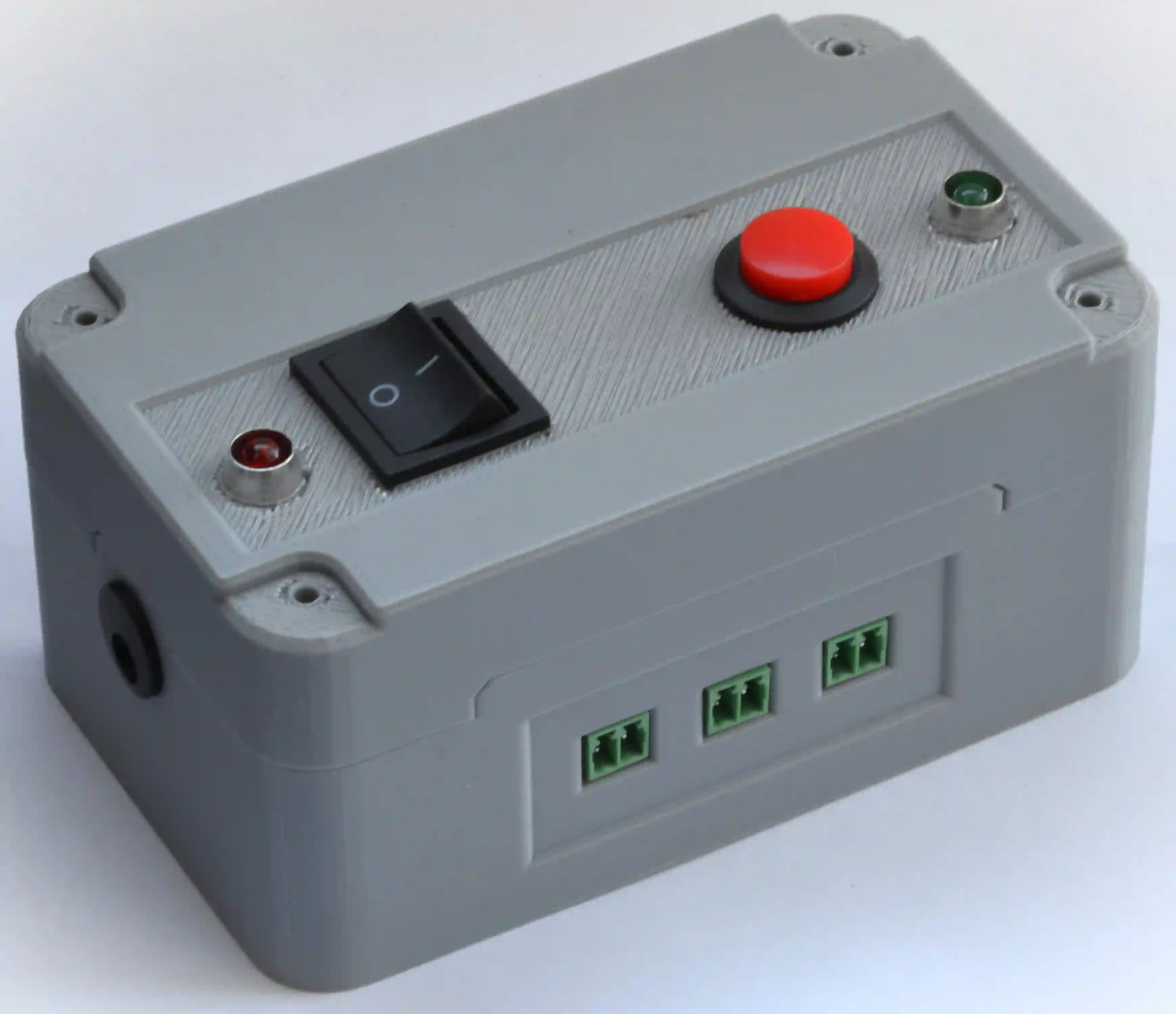
Multi-channel thermometer on a custom PCB capable of Wi-Fi and USB communication. Supports 2xPt1000 and 1xNTC sensor probes. Measures with an accuracy of approximately ±0.5°C (0...100°C). This was a group university project. I was the group's leader and my participation was extensive. I developed the software and helped with the design of the PCB and enclosure.
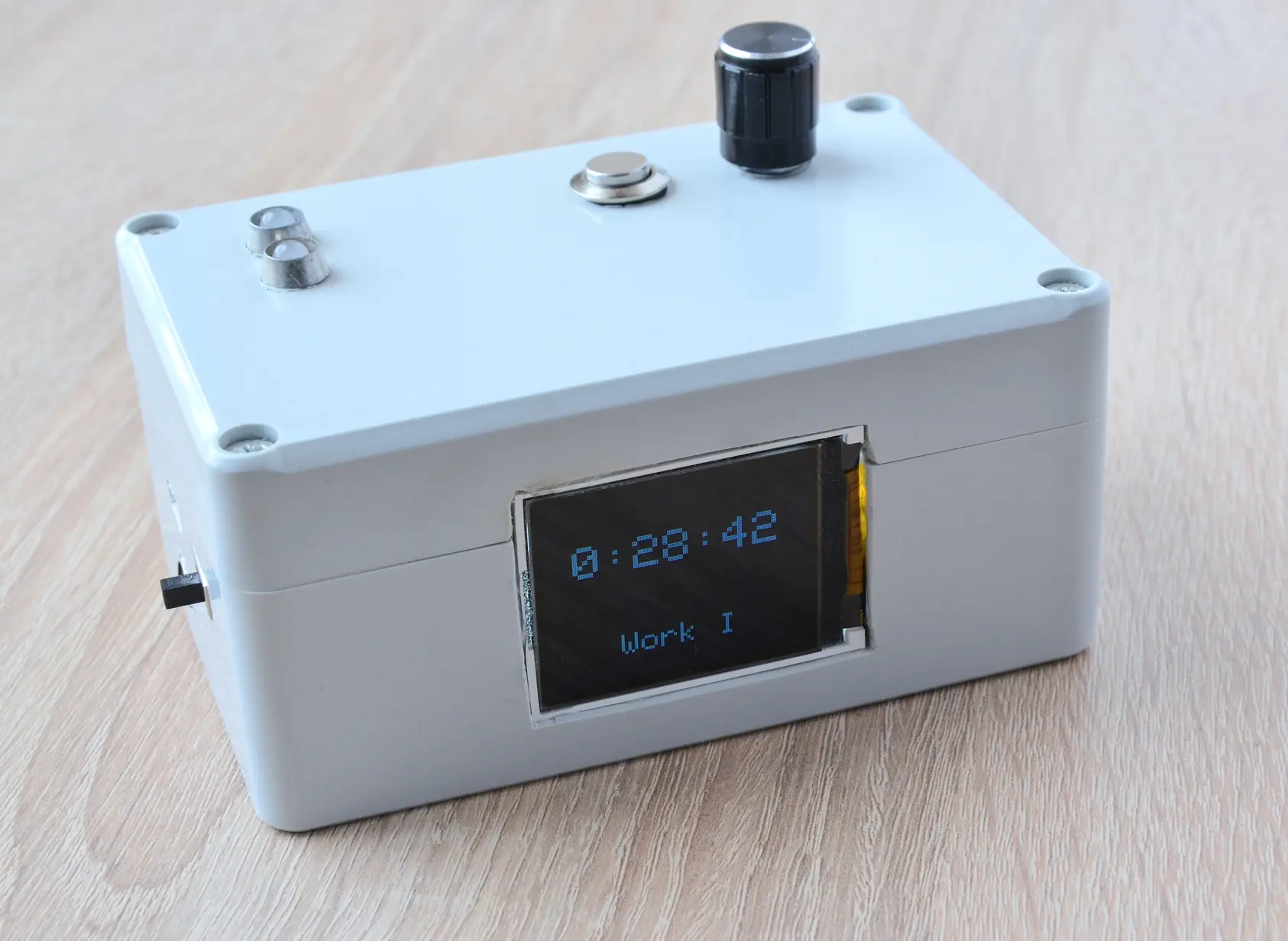
The aim of this project was to make a device that can remind me to take frequent short brakes while working. It does fullfil it intended purpose, however there are certainly some improvements to be made.
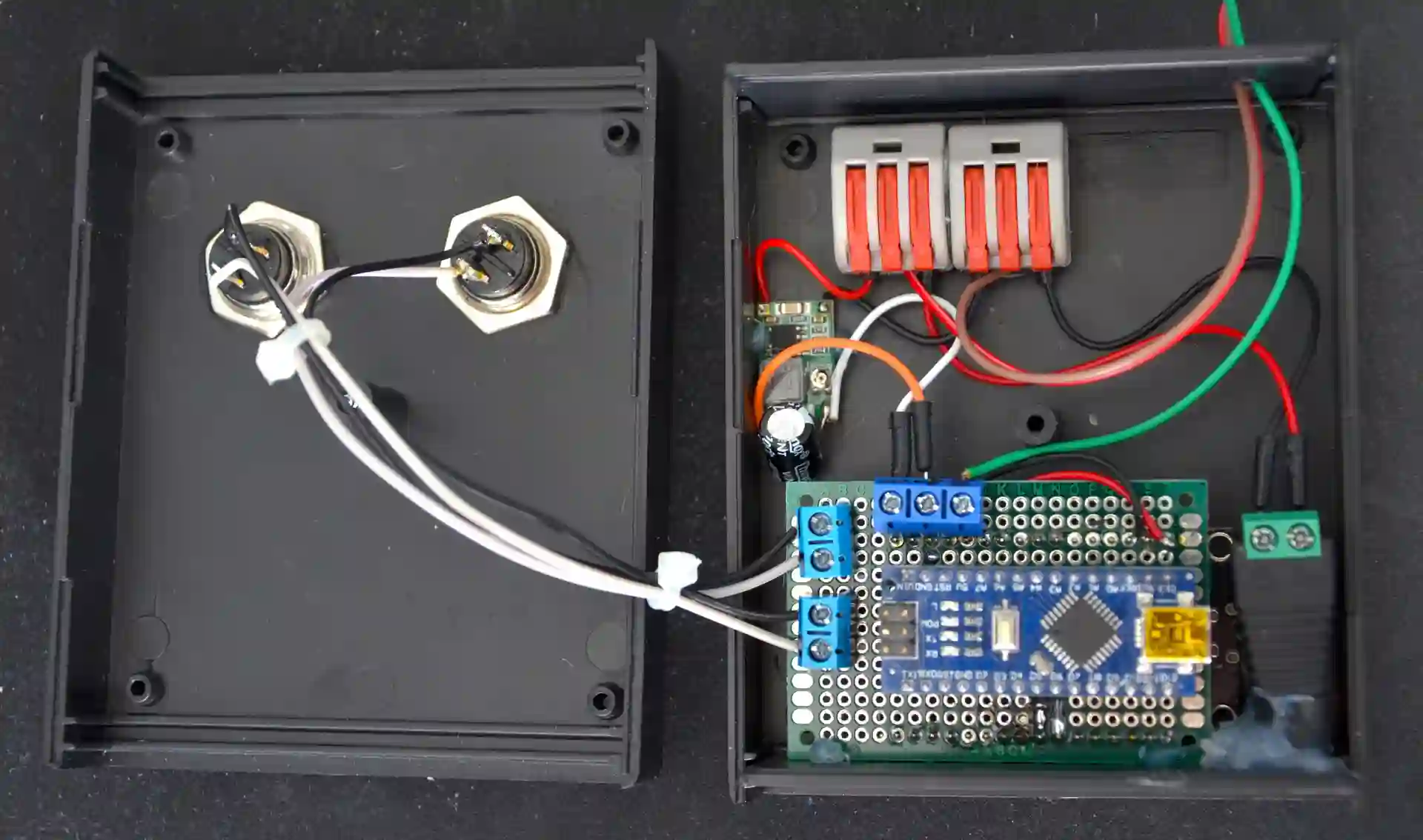
It's a device that controls addressable LED strips, user can adjust brightness and change programs through installed buttons or through the internet (Wi-Fi) using 3rd party service. Device consists of an Arduino Nano and an ESP8266 breakout board.
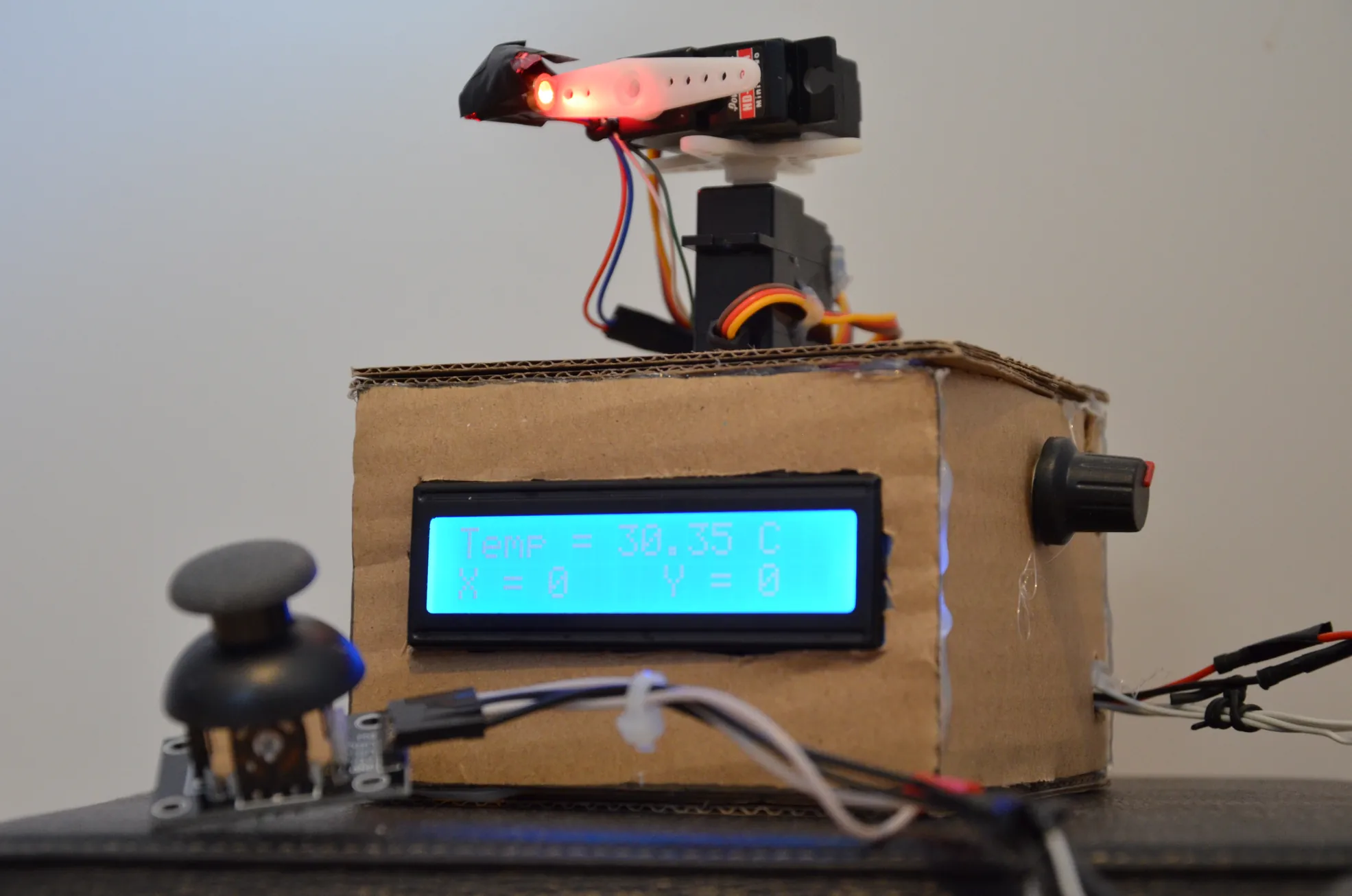
This is a first electronic project I've ever done. Of course it's riddled with inefficiencies and issues as this was a beginning of my engineering journey. The device is in essence a joystick controlled laser pointer. On one of the walls there is an LCD screen that's displaying laser's current position and diode temperature. Laser is rotated using two connected servos. Temperature is measured with an NTC thermistor. Additionally, knob on the side is used to control movement speed. Everything is managed by an Arduino Nano microcontroller.
